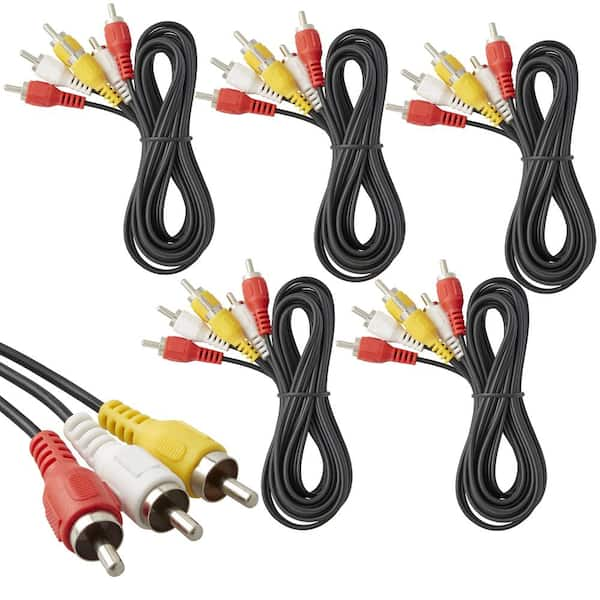Within current shopping settings, safety is a primary priority for retail owners and supervisors. A effective way to improve security and monitoring is through the tactical placement of security video cameras. Such cameras not just assist deter theft and criminal acts but also offer crucial evidence in instances of occurrences. By understanding the optimal locations for camera placement, retailers can maximize their effectiveness and foster a more secure shopping experience for shoppers and employees alike.
The first action in successful camera placement is to identify high-risk zones within the store. These locations typically consist of entrances and exit points, checkout registers, and aisles where expensive items are displayed. By installing cameras in such areas, retailers can monitor shopper actions and detect questionable activities. Additionally, cameras at entry points can record images of people entering and leaving the retail space, which is crucial for identifying potential shoplifters. This preventive approach aids in minimizing theft and ensuring a safe atmosphere.
Another important factor is the kind of surveillance device used in the retail environment. Different types of cameras fulfill different purposes. For instance, dome-shaped cameras are often used for indoor surveillance because they are more noticeable and can cover a wide space. Conversely, bullet cameras are best for outdoor use, as they are more conspicuous and can discourage criminal activity. Store owners should evaluate their particular needs and select the appropriate surveillance device models to guarantee complete coverage of the retail space.

Along with surveillance camera models, the position and elevation at which cameras are installed have a crucial role in their effectiveness. Surveillance devices should be set at a level that enables for clear visibility of faces and activities without being readily manipulated with. A typical recommendation is to install cameras at cctv installation for large venues least eight to 10 ft off the floor. Furthermore, cameras should be angled to monitor as wide space as feasible while avoiding blind spots. This strategic placement guarantees that all zones of the store are monitored, offering a full perspective of customer interactions and possible safety threats.
Finally, it is essential for store owners to consistently review and maintain their monitoring equipment. This includes checking surveillance device performance, ensuring that recordings are high-quality, and refreshing programs as required. Routine maintenance aids to prevent mechanical issues that could jeopardize security. Additionally, retailers should analyze recordings regularly to spot patterns in customer actions and possible security risks. By staying proactive and mindful to their monitoring systems, retailers can establish a more secure shopping environment and safeguard their assets efficiently.
Comments on “Maximizing Safety and Monitoring Effectiveness Via Tactical Security CCTV Positioning in Retail Environments”